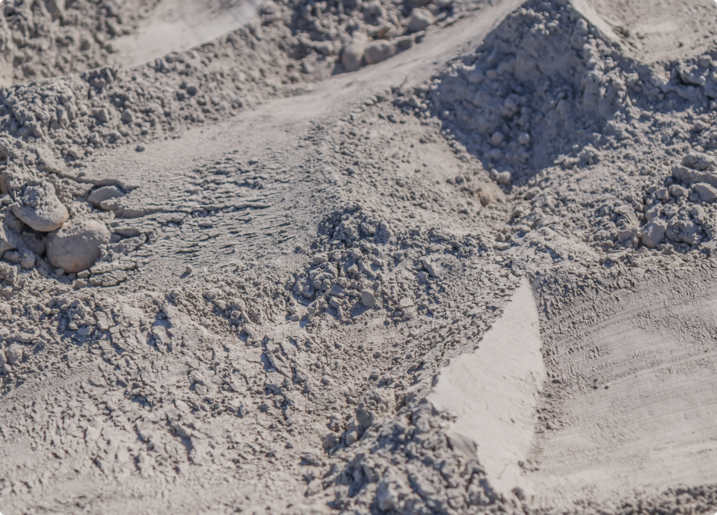Cement industry
Cement is critical for a sustainable society, but it poses significant CO2 emission challenges. The high energy used in calcination and emissions from chemical reactions need solutions. Using partial electrification and refuse-derived fuels (RDFs) can help lower emissions. Replacing fossil fuels with biomethane and green hydrogen provides low-carbon options.
Carbon capture, utilisation, and storage (CCU/CCS) technologies are crucial, with green hydrogen aiding in recycling captured CO2.

What can the industry do?
By adopting these practices, the cement industry can significantly reduce its carbon footprint and support global sustainability efforts.
The challenge
Cement is crucial for building infrastructure and development worldwide. Its versatility and strength make it essential, but the cement industry has significant sustainability challenges, especially with its high carbon dioxide emissions. As the global demand for cement grows, the industry must tackle its environmental impact. This means innovating production processes, optimising raw material use, and significantly cutting greenhouse gas emissions.
Partial electrification
To tackle CO2 emissions in cement production, we need to address two primary sources. The first is the energy used in the calcination process, which requires high temperatures. Partial electrification, like using electric grinding mills and improving energy efficiency, can help. Secondly, we should use Refuse-Derived Fuels (RDFs) to cut fossil fuel use. Switching to biomethane and green hydrogen, which are renewable and low-carbon, can also significantly reduce the carbon footprint.


Green hydrogen, essentially the key
The second primary source of CO2 emissions in cement production is the chemical reaction during the calcination process. We need carbon capture, utilization and storage (CCU/CCS) technologies to address this. These can capture CO2 emissions from production and prevent them from being released into the atmosphere. Green hydrogen, produced from renewable energy, is crucial for CCU. It reacts with captured CO2 to create valuable products like synthetic fuels and chemicals, providing a sustainable way to recycle emissions.
A sustainable cement industry
Another critical way to make cement more sustainable and low-carbon is through the use of alternative materials and new production methods. Materials like fly ash, slag, and natural pozzolans can replace part of the clinker in cement, significantly cutting CO2 emissions. Innovations like low-carbon cement, which uses different raw materials and lower-temperature processes, are also crucial to reducing the industry’s carbon footprint. These strategies and the use of biomethane and green hydrogen, help create a more sustainable cement industry.

Our solutions
By committing to these sustainable practices and embracing innovative technologies, the cement industry can significantly mitigate its environmental impact.
Tackling high energy use and CO2 emissions is crucial for global sustainability. Using alternative fuels, carbon capture, and developing low-carbon materials can help the industry support societal development while protecting the planet.

